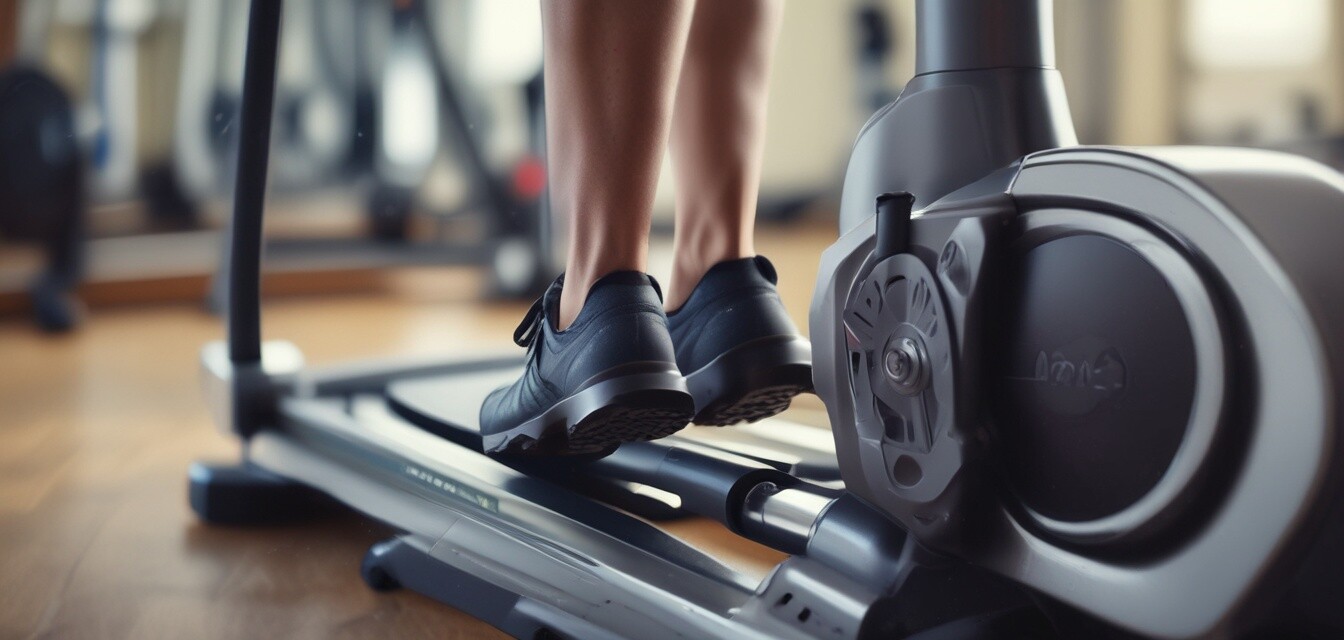
How to Lubricate Your Elliptical for Smooth Operation
- Regular lubrication is essential for maintaining an elliptical.
- Always use the right type of lubricant to avoid damage.
- Follow a systematic process for effective lubrication to ensure optimal performance.
- Neglecting maintenance can lead to wear and tear, impacting your workout experience.
- For comprehensive maintenance tips, check our Maintenance Tips section.
Learning how to properly lubricate your elliptical can significantly enhance its performance and longevity. Proper maintenance, specifically lubrication, prevents wear and tear, ensuring a smooth workout experience. In this guide, we will break down the steps to lubricate your elliptical effectively.
Why is lubrication important?
Lubrication helps reduce friction among moving parts, which can prevent early damage and keep your equipment running smoothly. Here are some reasons why regular lubrication should be part of your maintenance routine:
- Reduces noise and enhances the quality of workouts.
- Prevents damage from overheating due to excessive friction.
- Increases the lifespan of your elliptical.
- Ensures safe operation while using the machine.
What type of lubricant to use?
It's crucial to choose the correct lubricant for your elliptical to avoid damaging the parts. Here are a few recommended types:
- Silicone-based lubricants: Ideal for most ellipticals as they are safe on rubber and plastic components.
- PTFE (Teflon) lubricants: Offers a longer-lasting effect and is great for reducing friction.
- Aerosol lubricants: Convenient to apply but ensure they're non-flammable and safe for use on fitness equipment.
Steps to properly lubricate your elliptical
Following systematic steps is key to effectively lubricating your elliptical. Here is a simple workout maintenance checklist:
- Unplug the machine: Ensure your elliptical is turned off and unplugged to avoid accidents.
- Gather your supplies: You'll need a suitable lubricant, cloth, and a brush if necessary.
- Inspect moving parts: Check for wear and tear, including pedals, handlebars, and any areas that have high friction.
- Apply lubricant: Use a light coating and apply to the areas you identified during your inspection. Use a cloth to spread it evenly.
- Wipe off excess: Remove any excess lubricant to prevent build-up which can attract dirt.
- Reconnect and test: Plug it back in and test the machine. It should operate smoothly without noise.
Best practices for lubrication
A few best practices to keep in mind while lubricating your elliptical include:
- Lubricate your elliptical every 6 months or as recommended by the manufacturer.
- Don't over-lubricate; it can cause a mess and attract dirt.
- Always read the user manual for any specific lubrication instructions for your model.
- Consider monthly visual inspections to spot any potential issues before they become significant problems.
Common issues due to lack of lubrication
Neglecting to lubricate your elliptical can lead to several issues, including:
- Increased noise from creaking or squeaking sounds.
- Uneven performance during workouts, including jerky movements.
- Potential breakdowns, leading to costly repairs.
When to seek professional help
If you notice persistent problems even after lubrication, it may be time to consult a professional. This can prevent minor issues from escalating into larger problems.
Tips for beginners
- Start by reviewing your elliptical's user manual for specific lubrication suggestions.
- Practice lubrication regularly to build a routine and ensure optimal performance.
- Connect with other elliptical owners online to share tips and experiences.
- Watch instructional videos online to see the lubrication process in action.
Conclusion
Maintaining your elliptical through regular lubrication is essential for keeping it in top shape and ensuring a smooth workout experience. By following the steps outlined in this guide, you can extend the lifespan of your machine while enhancing its performance. For further maintenance tips, feel free to explore our Maintenance Tips section.
Pros
- Improves machine performance and longevity.
- Reduces noise during workouts.
- Prevents damage from wear and tear.
Cons
- Requires regular attention and maintenance.
- Using the wrong lubricant can cause damage.